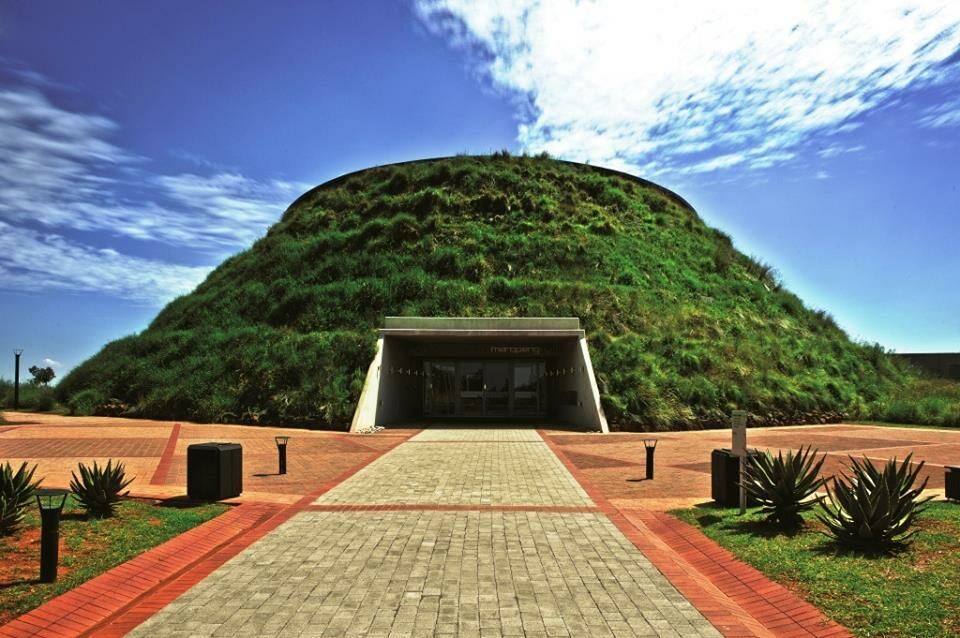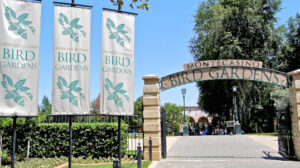Some Ideas on Johannesburg North Attractions You Should Know
Wiki Article
Johannesburg North Attractions Fundamentals Explained
Table of ContentsSome Ideas on Johannesburg North Attractions You Should KnowGetting My Johannesburg North Attractions To WorkJohannesburg North Attractions - The FactsThe 9-Minute Rule for Johannesburg North AttractionsThings about Johannesburg North AttractionsJohannesburg North Attractions Things To Know Before You BuyRumored Buzz on Johannesburg North Attractions
You should keep safety in mind and vacationers need to remain alert at all times when in unfamiliar environments. Talk to the locals when you are in community to learn about the area you are remaining in. Johannesburg North attractions. When on the street (this doesn't put on mall and other safe and secure atmospheres) finest basic guidance is to attempt your ideal to look like a neighborhood and to prevent displaying any type of form of riches
Some Known Details About Johannesburg North Attractions
Professor Revil Mason O. J. (Thomson, 1946) discovered the Witwatersrand's pre-colonial background. His archaeological work blew up the 'em pty land' misconception, according to which the area was without human habitation prior to the arrival of European inhabitants. In his magazines Prehistory of the Transvaal: A Document of Human Task (1962) and Origins of Black People of Johannesburg and the Southern Western Central Transvaal AD 3501880 (1986 ), Teacher Mason showed the degree of social and economic advancement in the location prior to Europeans set foot right here.

The Only Guide for Johannesburg North Attractions
In 1878, David Wardrop located gold in quartz blood vessels at Zwartkop, north of Krugersdorp. In 1881, Stephanus Minnaar came across gold on the ranch Kromdraai, near the Cradle of Mankind.In March 1886, an outcropping (quickly to be called the Key Reef) was found, rather luckily, on Gerhardus Oosthuizen's ranch Langlaagte. Some say that the Lancastrian coal miner George Pedestrian uncovered this coral reef. One more itinerant English prospector, George Harrison (who had actually formerly operated in Australian mines) obtained a prospecting licence in respect of Langlaagte in Might 1886.
He made a decision to go on in a mission for greener pastures, and disposed of his Langlaagte insurance claim for the handsome amount of 10. Alas: under lay the wealthiest goldfield ever before found. The discovery of this rich auriferous reef provoked a gold rush that signified completion of agrarian serenity in the southern Transvaal.
It would, within six years, come to be the biggest town in southerly Africa. Within a years, it would certainly make the Z. A. R. till then an anarchical and insolvent little state the richest country in Africa. see here now By the millenium, the Z. A. R. was to exceed Russia, Australia and the United States of America to become the globe's leading gold manufacturer, generating greater than a quarter of the world's gold.
Some Known Incorrect Statements About Johannesburg North Attractions
It was referred to as Ferreira's Camp, named after Colonel Ignatius Ferreira. He was a Boer traveler upon whom the British authorities had bestowed the standing of Buddy of one of the most Distinguished Order of St Michael and St George (qualifying him to the post-nominal letters C. M. G.) in gratefulness for his function in the battle that had deposed the Pedi king Sekhukhune in 1879.Two various other camps were established: Meyer's Camp on the farm Doornfontein, and Paarl Camp. The latter was nicknamed Afrikander Camp; several people from the Cape Nest settled there.

Some Known Details About Johannesburg North Attractions
This name gained money by word of mouth, such that the State Secretary affirmed the name to the Mining Commissioner on 9 October 1886. Stands in the village were auctioned on 8 December 1886. While some stands were cost 10, others were knocked down for just sixpence.Two years later on, these erven were to transform hands for as long as 750 each. The tented camps decreased as a dorp of corrugated iron structures developed and expanded north of the mines located along the Key Reef Roadway. Areas such as Jeppe's Community (where working-class immigrants erected their houses) and Doornfontein (where the affluent brand-new 'Randlords' began to build their extravagant residences) were quickly included reference in the ever-expanding map of the community.
Not known Details About Johannesburg North Attractions
Apart from the road names, there were no signs of Johannesburg being located in a Dutch-speaking country., almost every person spoke English and also the more info here Government servants attended to one in English, unless they were initial resolved in the Taal (or Reduced Dutch)'.As such, Britain had an interest in guaranteeing ideal conditions for gold production on the Witwatersrand, and that the gold was exported to London instead of Berlin a critical provided even more clamant by the Z. A. R - Johannesburg North attractions.'s enhancing toenadering with Germany. Mine owners got on an accident course with Head of state Kruger, whose plan of monopolistic concessions (typically given to his cronies) avoided mining firms from acquiring materials of materials (specifically dynamite) and work on their own, cheaper terms
The Definitive Guide to Johannesburg North Attractions
In 1890, the Volksraad had restricted the franchise business to white guys that had actually resided in the Z. A. R. for fourteen years or longer, thus disqualifying the majority of the immigrants (that happened to be the significant contributors to the fiscus). Nonetheless, agitation for the ballot was a mere pretext for advertising a different program; most uitlanders regarded themselves as short-lived visitors and had no intent of remaining in the Z.Report this wiki page